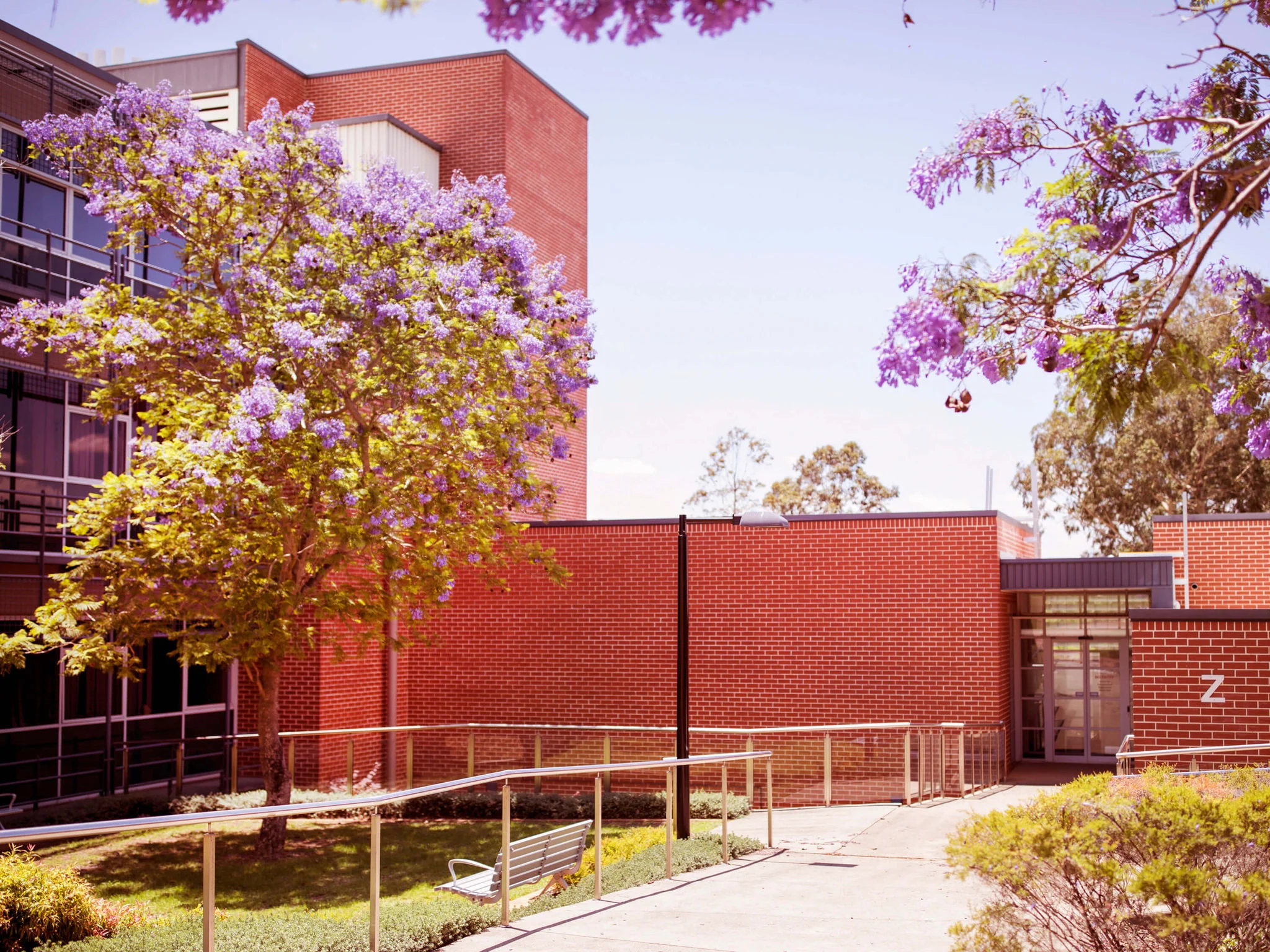Study and save: Discounted student fees are available through Commonwealth Supported Places (CSPs) when undertaking this course in 2026.
This program is an exciting inter-disciplinary field combining aspects from electrical engineering, computer science, neuroscience, signal processing and mathematics.






